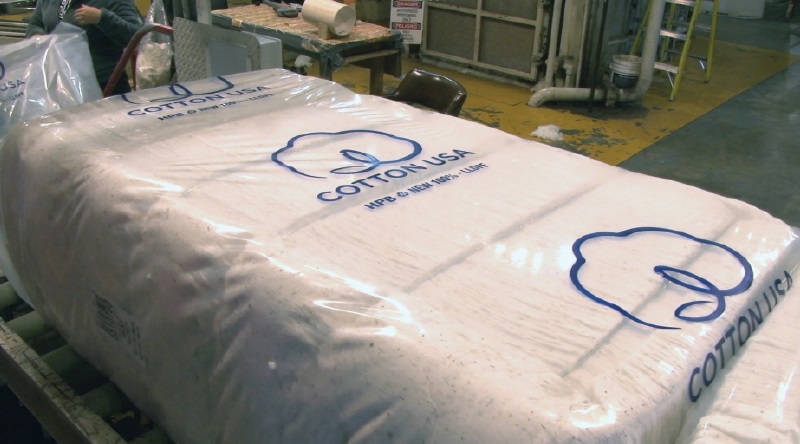2011 ANNUAL PREVIEW: Standardized Documents a Key to Improving Logistics
By Greg Wakefield
President, Wakefield Inspection Services
It’s an understatement to say that the cotton industry has seen dramatic changes in the past year: industry consolidation, record high prices in the cotton futures market, export bans, and truly staggering demand for cotton fiber. Yet with all these headline-making shifts in the industry, the one thing everyone wants to know is how it will affect the day-to-day sales of cotton. What will the impact be on the storage, handling and movement of cotton? How is the infrastructure going to handle the demand?
The problem is that cotton competes globally with other agricultural products for container and vessel space, but no one can predict future rates for cotton. Other agricultural products are usually sold promptly, which allows for flexibility in pricing. In addition, many shipping lines are looking to exit the chassis business, further restraining cotton movement. Inland cotton moves, therefore, will become more expensive and may necessitate that cotton be moved and stored nearer to the ports. Alternate methods of inland transportation need to be reviewed, with an emphasis on warehousing at or near the ports.
Because of these developments, we will need to find alternate ways of moving cotton in the future. Flatbed trucks and rail may alleviate some of the strain, and shipping lines do need cotton loads to balance their vessels. Those factors indicate that cotton will remain a strong product for the lines to carry.
You can read the rest of this article and dozens of others when the 2011 Cotton International Annual Edition is published. Be sure to watch for it in your mailbox in January 2011!








